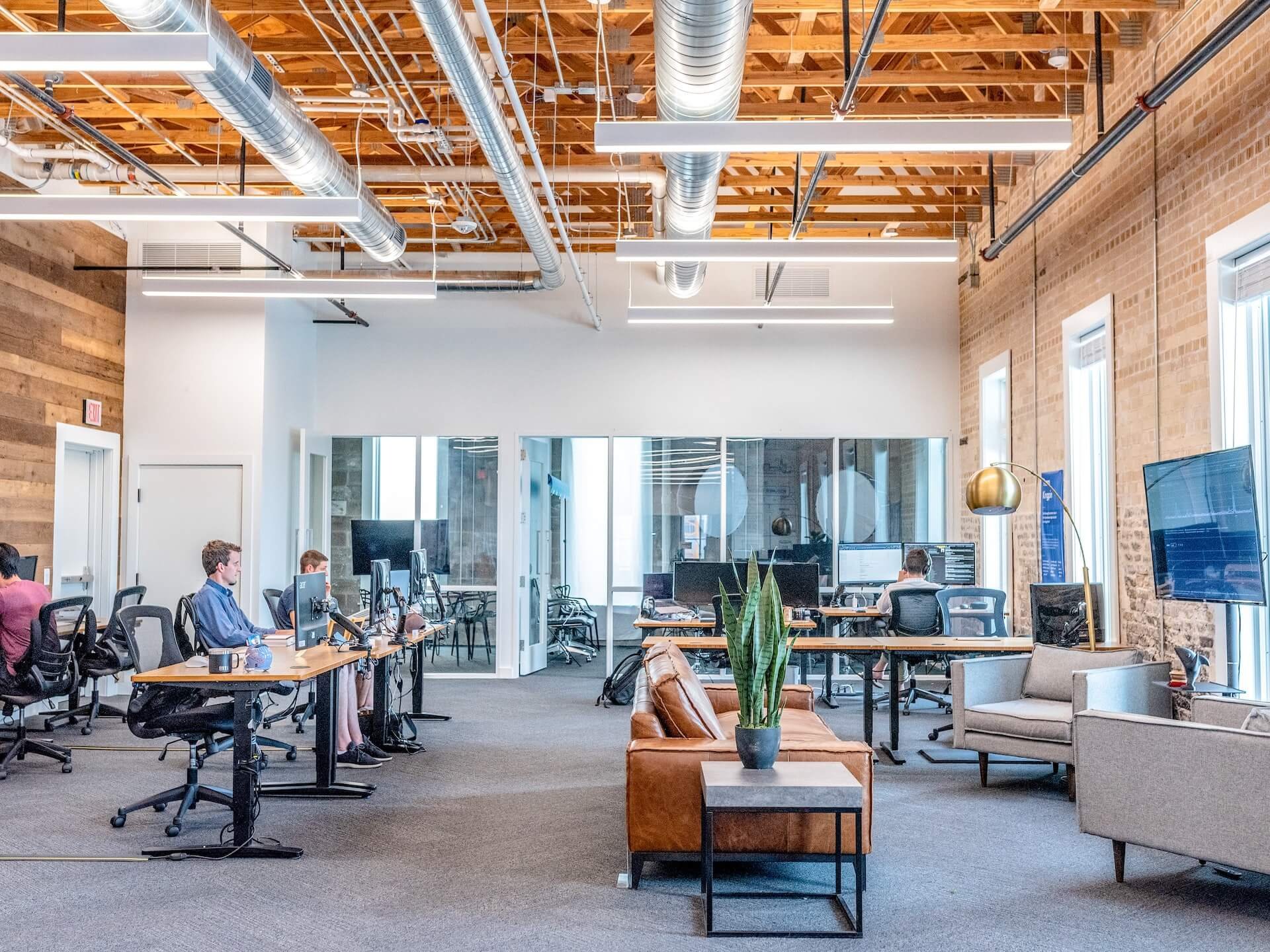In well-lit illumination environments, motion detection is typically more accurate. When there is sufficient illumination, sensors and cameras can obtain sharper pictures, which assists in identifying moving elements. Well-lit environments allow for better distinction between the moving element and the surroundings. This differentiation is crucial for both human viewers and mechanical technologies, as it facilitates it easier to differentiate between stationary and dynamic objects in a setting. Therefore, ensuring that areas are well-lit can significantly enhance the effectiveness of motion detection technologies.
Conversely, low-light environments can pose difficulties for motion detection. In low-light settings, shadows can hide dynamic objects, which helpful hints makes them difficult to perceive. Additionally, the human eye struggles to detect movement in dim conditions, which can lead to misunderstanding of what is happening in the environment. Cameras may also face difficulties, as many do not function well in low light without the use of infrared capabilities or other improvements. These limitations highlight the significance of sufficient illumination in environments where movement detection is critical.
Additionally, various types of illumination can have different impacts on movement detection. For instance, neon lights can flicker, click now which might confuse movement detection systems that depend on consistent illumination input. On the other hand, daylight provides a steady form of illumination that improves visibility. Understanding these variations in lighting types can assist users in selecting the most suitable lighting for specific uses, especially in surveillance and surveillance scenarios.

In summary, the relationship between lighting conditions and movement detection precision is significant. By ensuring that settings are suitably lit, we can improve the dependability of motion detection systems. This understanding not only supports tech uses but also improves safety and security in multiple settings. As further advancements are made in movement detection systems, taking into account lighting conditions will remain a vital consideration in enhancing effectiveness and ensuring that these systems work effectively in different conditions.